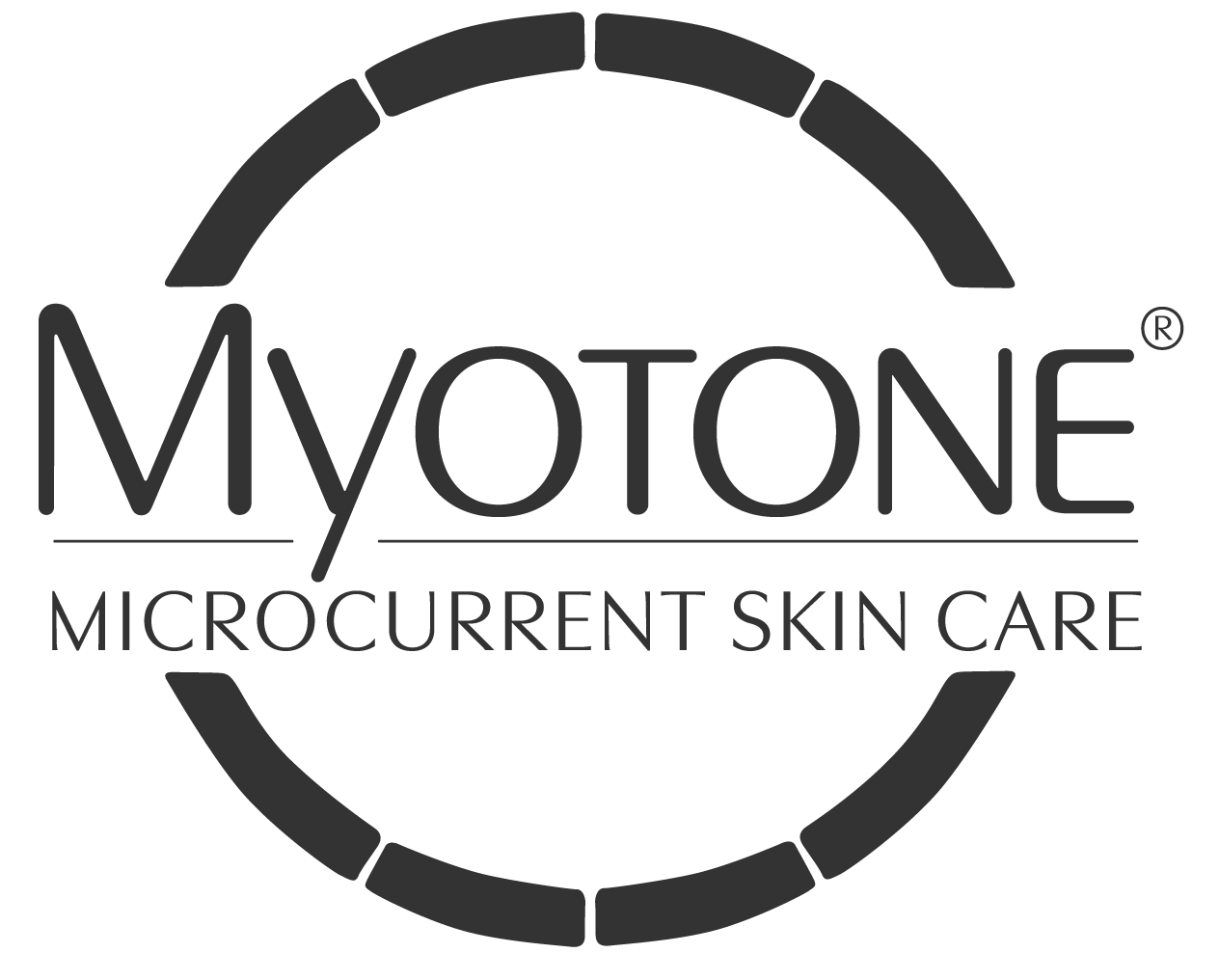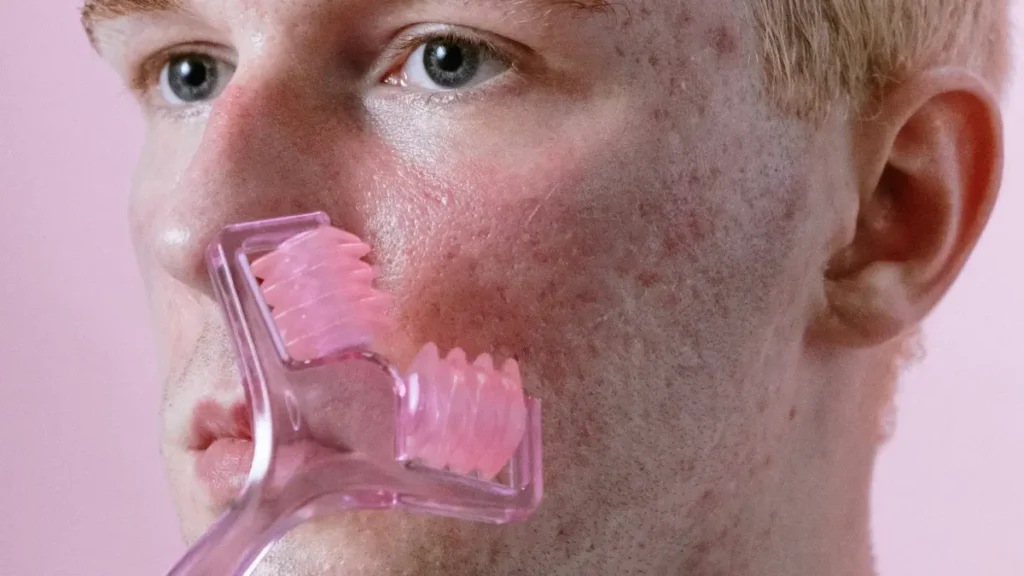If you’re passionate about skincare and beauty and have a keen interest in medical science, a career as a cosmetic dermatologist might be the perfect fit for you. Cosmetic dermatologists specialize in enhancing patients’ appearance through various medical and surgical treatments. This guide will walk you through the necessary steps, from education to daily tasks, to become a successful cosmetic dermatologist.
Schooling and Education
1. Undergraduate Education
Your journey begins with a bachelor’s degree, ideally in a science-related field such as biology, chemistry, or pre-med. During your undergraduate years, focus on maintaining a high GPA and gaining relevant experience through internships or volunteer work in healthcare settings.
2. Medical School
After earning your bachelor’s degree, the next step is medical school, which typically lasts four years. Admission to medical school is highly competitive, so strong MCAT scores, a solid GPA, and relevant extracurricular activities are crucial. Medical school curricula cover a broad range of medical knowledge and clinical skills, and it’s essential to perform well, especially in dermatology-related subjects.
3. Internship
Upon graduating from medical school, you must complete a one-year internship. This general training is often done in a hospital and covers a wide range of medical fields, providing a broad foundation for your future specialty training.
Residency and Fellowship
1. Dermatology Residency
After your internship, the next step is a dermatology residency, which typically lasts three years. During this period, you will receive specialized training in diagnosing and treating skin conditions. Dermatology residencies are highly competitive, so excellent performance in medical school and during your internship is essential.
2. Fellowship in Cosmetic Dermatology
While not always required, completing a fellowship in cosmetic dermatology can provide specialized training in procedures such as laser treatments, Botox, dermal fillers, and other aesthetic treatments. Fellowships usually last one to two years and offer hands-on experience under the supervision of experienced cosmetic dermatologists.
Licensure and Certification
1. Medical License
To practice as a dermatologist, you must obtain a medical license by passing the United States Medical Licensing Examination (USMLE) or Comprehensive Osteopathic Medical Licensing Examination (COMLEX-USA).
2. Board Certification
After completing your residency, you can become board-certified by the American Board of Dermatology (ABD) by passing their exam. Board certification, while not mandatory, can enhance your credibility and career prospects.
Salary Expectations
The salary of a cosmetic dermatologist can vary widely based on factors such as location, years of experience, and type of practice. On average, cosmetic dermatologists can expect to earn between $200,000 and $500,000 per year. Those with extensive experience and established practices can earn even higher salaries, particularly in high-demand urban areas.
Becoming a cosmetic dermatologist requires a significant investment of time and effort, but it can be an incredibly rewarding career for those passionate about skincare and aesthetics. By following the outlined educational path, obtaining the necessary licensure and certification, and staying committed to ongoing learning, you can build a successful career helping patients look and feel their best.

This article is brought to you by

Learn More ⭢



